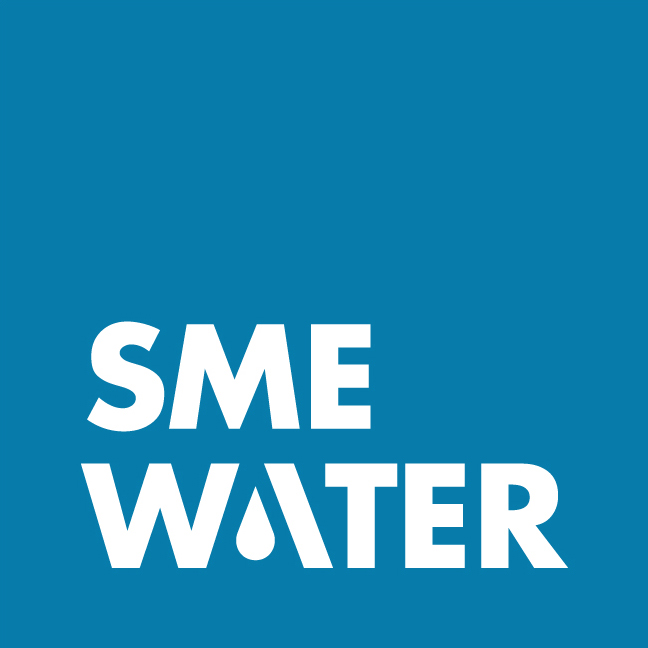Water companies rely heavily on demand modelling and forecasting to ensure the efficient management of water resources. These models help balance water production and supply with customer consumption, infrastructure optimisation and to help meet regulatory targets such as leakage reduction.
However, creating a demand model that satisfies the needs of various departments—operations, finance, and leakage—presents a complex challenge. Ideally, models would be built using as much collected data as possible to build something that closely resembles the truth but in practice, the data, for a variety of reasons is just not available and models are built using estimates or simplified assumptions. In order to build suitable demand models, consideration needs to be made to balance precision, flexibility, and the varied objectives of each department.
This blog explores the key aspects of demand modelling, why it is important, and the difficulties in building an ideal model that satisfies all of these requirements.
Demand Modelling and Demand Forecasting are both key in understanding and predicting water use, but they serve different purposes. When building models used for problem-solving and decision making, our beliefs fall into three categories and are summarised in the figure below:
Figure 1 – The three categories of belief that are used to build models.
The first two beliefs can be described as trying to understand what and why things are happening the way are now, whereas the third belief is about using the past to predict what might occur in the future.
Based on this premise, demand modelling is the process of building a mathematical model based on historical data like past consumption and weather, to understand the factors that drive water demand. It is typically used for estimating leakage, operational decision making and providing insights to help categorise demand.
Demand forecasting on the other hand, applies this model to estimate future water needs. It is more focused on both short and long-term operational planning and adjusting predictions based on new data, such as current weather conditions.
While they differ in timescale and purpose, they are interconnected. The model provides the foundation, and forecasting uses that foundation to predict future water usage, ensuring water companies manage supply efficiently and meet demand under various conditions but both rely on historical data and analytics.
Demand modelling is crucial for water companies as it underpins a wide range of operational and strategic decisions. Operationally, demand modelling helps ensure efficient water supply, by predicting how much water is needed in real time and ensuring sufficient storage capacity is maintained. It helps guide decision-making in order to transfer water between regions based on demand forecasts and helps in optimising pumping schedules.
In leakage management, demand models are vital for both leakage reporting and targeting. Accurate demand models allow companies to compare expected water use with actual use, identifying anomalies that help indicate leaks. This also supports regulatory reporting, where companies must demonstrate they are meeting targets set by Ofwat.
For water quality, demand models ensure the distribution system is operating at the right capacity, helping prevent stagnation in pipelines, which could compromise water quality. They are also used in wastewater management to predict inflows and prevent sewer flooding.
Lastly, for infrastructure planning, long-term demand models help identify future capacity needs, informing decisions on network expansions, pipe refurbishment plans, and investment in new treatment plants or reservoirs to ensure future demand can be met efficiently.
An ideal demand model for a water company would achieve the perfect balance between precision and flexibility, accurately predicting water consumption across various levels- at DMA or strategic level. It would factor in real-time variables such as weather, socio-economic trends, and varying network conditions, allowing for highly accurate and relevant predictions.
Such a model would feature seamless integration, pulling in real-time data from sources like flow meters, weather forecasts, and smart meters. By dynamically adjusting its forecasts based on this real-time input, the model could adapt to fluctuating conditions and provide more precise short-term predictions.
To meet the diverse needs of a water company, the model would offer cross-departmental applicability. It would serve different functions across operations, finance, leakage, and customer service, providing each department with accurate, actionable insights and forecasts tailored to their specific objectives.
Crucially, the model would also be resilient to change, adapting to external shifts in water use driven by climate change, or global events like the recent pandemic. Such flexibility ensures that the model remains useful even in unpredictable conditions, helping water companies to stay proactive rather than reactive in managing supply and demand.
Building an ideal demand model for a water company is challenging due to several factors. Data gaps and quality issues are a significant hurdle, as the accuracy of the model depends on reliable input data. Incomplete or inaccurate flow measurements and poor and outdated customer meter data can skew results, making it hard to reflect actual demand.
Leakage estimation adds complexity because leakage, although part of overall demand, is not related to actual customer consumption and is difficult to quantify precisely. This can distort the model’s representation of true water usage.
The interdependency of variables further complicates demand modelling. Factors like weather, population growth, and consumer behaviour are difficult to predict with high accuracy. Sudden changes, such as extreme weather events, can make even well-constructed models inaccurate. Changes in network pressure also have a direct impact on demand.
Moreover, there’s the challenge of overfitting vs. underfitting. An overfit model might track historical data too closely and miss future shifts, while an underfit model could oversimplify complex relationships, leading to poor predictions.
Finally, conflicting objectives between leakage management and demand forecasting introduce trade-offs. Leakage forecasting focuses on system inefficiencies, while demand forecasting prioritizes customer needs, making it difficult to balance both accurately within a single model.
Different departments within a water company often have conflicting requirements for their demand models due to their varying objectives.
For instance, the leakage team is primarily concerned with detecting leaks, using the model to identify anomalies in water usage. In contrast, the finance team requires accurate customer demand forecasts to set budgets, tariffs, and to bill correctly. These differing objectives—one focused on operational efficiency and the other on financial accuracy—can lead to conflicting expectations from the same demand model.
Even within leakage, the interests of reporting and targeting are not perfectly aligned. From a reporting perspective, there may be bias towards maximising demand and consumption estimates to calculate lower leakage rates. In other words, demand models lean towards ‘calculating out’ the leakage rather than pinpointing true water loss. Contrast this with leakage targeting, which relies on accurate demand models to detect real leaks on the network. The accuracy of these models directly affects the success of locating leaks.
From an operational perspective, engineers may prioritise real-time demand data to manage treatment plant operations, water pressure, and supply scheduling. On the other hand, the planning department focuses on long-term demand trends to guide infrastructure investment, like new treatment plants or pipelines. This difference in time horizons and focus means that the model must balance short-term flexibility with long-term reliability.
Finally, there’s a tension between precision and simplicity. Engineers might prefer a highly detailed, complex model for precise operations, but such models can be challenging for other departments to interpret. Simplified models may ease understanding but at the cost of precision, potentially leading to inefficiencies in operations or missed leakage detection.
This balancing act often forces trade-offs between department-specific requirements, making the creation of a universally optimal demand model challenging.
A balanced solution for demand modelling in a water company involves integrating flexibility, collaboration, and adaptability. An integrated, flexible model would allow for modular components tailored to the specific needs of different departments. Each team, whether operations, billing, or customer service, could access data relevant to their function while relying on a shared set of core assumptions to maintain consistency across the business.
Collaboration across departments is essential to avoid conflicting objectives. Developing the model should involve input from all key teams to define shared goals, while still accommodating department-specific requirements. This fosters better alignment and reduces internal conflicts when using the model for operational decisions.
Ensuring data integrity and transparency is equally important. By establishing clear data validation processes and ensuring all inputs are accurate and complete, water companies can build trust across departments in the model’s outputs. Automated systems to continuously monitor and validate the incoming data can also help keep the model reliable and up to date.
In addition, real-time adjustment capabilities are critical for dealing with unexpected shifts in demand, weather, or leaks. Incorporating real-time data from smart meters, flow meters, and other real time datasets allows the model to adapt dynamically and stay relevant to immediate needs.
Finally, a balanced solution should include continuous refinement and feedback loops. By regularly updating and testing the model based on operational feedback and regulatory outcomes, water companies can ensure their demand forecasting remains accurate and responsive to changing conditions.
Demand modelling is at the heart of water company operations, from supply management to leakage management and infrastructure planning. The challenge lies in building a model that meets the diverse, and often conflicting, needs of different departments. While finance requires accurate forecasts for budgeting, operations need real-time adaptability, and leakage control seeks precision in identifying system inefficiencies.
A balanced solution integrates flexibility, collaboration, and continuous refinement, ensuring data is reliable and the model remains adaptable to changing conditions. Ultimately, the goal is to create a robust demand model that maximizes operational efficiency while meeting financial, regulatory, and customer needs.




